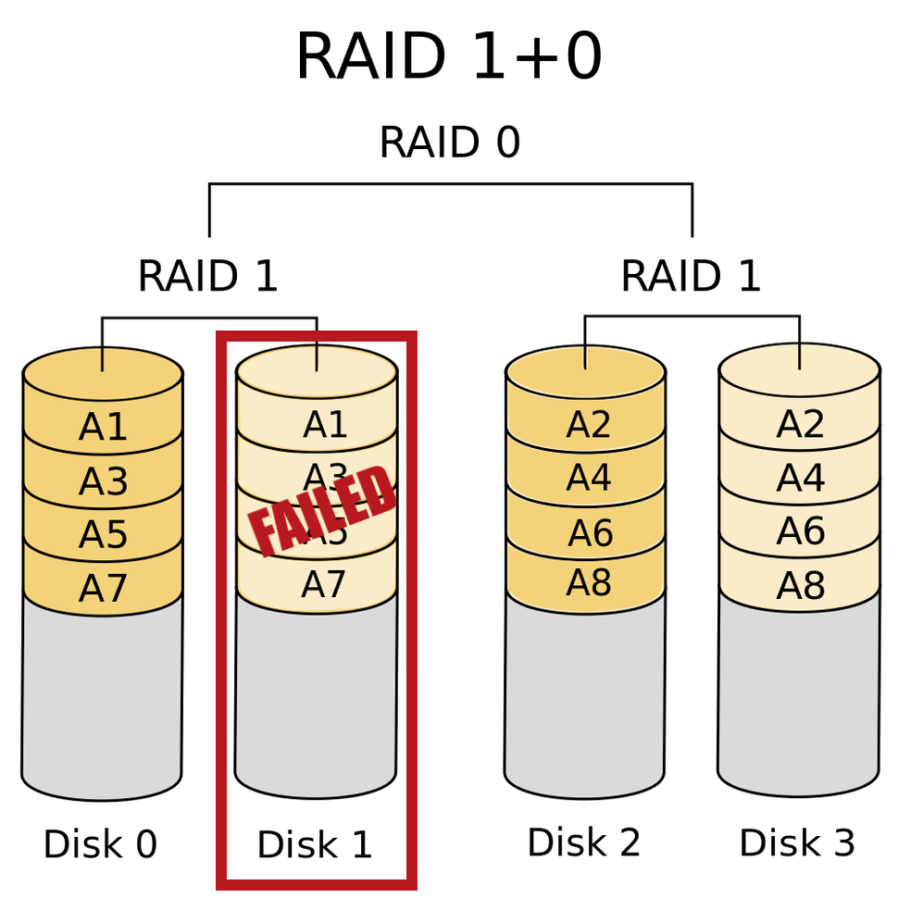This checkin to GC86MTH Yarnton Lane reflects a geocaching.com log entry. See more of Dan's cache logs.
Replaced logbook.
This checkin to GC86MTH Yarnton Lane reflects a geocaching.com log entry. See more of Dan's cache logs.
Replaced logbook.
This is a repost promoting content originally published elsewhere. See more things Dan's reposted.
It’s one of the best visual gags in a movie filled with them.
In the classic 1980 comedy Airplane!, two passengers are seen reading magazines. First, we see a nun reading Boys’ Life. Moments later, there’s a boy reading Nuns’ Life.
The scene is over in seconds, but the memory of this joke lives on. That’s especially true for those of us who have been reading Boys’ Life since we were kids.
Here are seven things you might not know about this bit of visual humor.
…
Of the many things I love, here are two of them:
This fantastic piece takes a deep dive into a tiny scene in Airplane. What issue of Boys’ Life was the nun reading? What page was she looking at? What actual magazine was the boy reading within the Nuns’ Life cover? These and more questions you never thought about before are answered!
This is a repost promoting content originally published elsewhere. See more things Dan's reposted.
Just another vlog update from comedian Bec Hill. Oh no, wait… this website is now T-Shirt Famous! (for a very loose definition of “famous”, I guess.) For a closer look, see Instagram.
This isn’t the silliest way I’ve put my web address on something, of course. A little over 17 years ago there was the time I wrote my web address along the central reservation of a road in West Wales using sugar cubes, for example. But it’s certainly the silliest recent way.
Anyway: this t-shirt ain’t the Million Dollar Homepage. It’s much cooler than that. Plus the money’s all going to Water Aid. (If you haven’t claimed a square yourself, you still can!)

On Bec Hill related news, did you see that she did a third “when you listen to music when you’re hungry” video? You should go watch that too. It’s avocado-licious.
This is a repost promoting content originally published elsewhere. See more things Dan's reposted.
One of the last “normal” things I got to do before the world went full lockdown was to attend a Goo Goo Dolls concert with Ruth, and so to see two musicians I enjoy team up to perform a song and share some words of hope and encouragement for a better future beyond these troubled times… feels fitting and inspiring.
Also awesome to see that Stirling’s perhaps as much a fan of Live in Buffalo as I am.
Fun diversion: I never know how to answer the question “what kind of music do you like?”, because I increasingly (and somewhat deliberately) find that I enjoy a wider and wider diversity of different genres and styles. But perhaps the right answer might be: “I like music that makes me feel the way I feel when I hear Cuz You’re Gone recorded from the Goo Goo Dolls’ concert in Buffalo on 4 July 2004, specifically the bit between 4 minutes 10 seconds and 4 minutes 33 seconds into the song, right at the end of the extended bridge. It’s full of anticipatory energy and building to a wild crescendo that seems to mirror the defiance of both the band and the crowd in the face of the torrential rain that repeatedly almost brought an end to the concert. Music that makes me feel like that bit; that’s the kind of music I like. Does that help?”
This checkin to GC8W7QW Forgotten Bridge reflects a geocaching.com log entry. See more of Dan's cache logs.
Quick maintenance check in while out on a walk with the 3y/o. All is well. Left the incumbent travel tag for the next ‘cacher!
For most of the last decade, one of my side projects has been FreeDeedPoll.org.uk, a website that helps British adults to change their name for free and without a solicitor. Here’s a little known fact: as a British citizen, you have the right to be known by virtually any name you like, and for most people the simplest way to change it is to write out a deed poll: basically a one-person contract on which you promise that you’re serious about adopting your new name and you’re not committing fraud or anything.

Over that time, I’ve helped thousands of people to change their names. I don’t know exactly how many because I don’t keep any logs, but I’ve always gotten plenty of email from people about the project. Contact spiked in 2013 after the Guardian ran an article about it, but I still correspond with two or three people in a typical week.
These people have lots of questions that come up time and time again, and if I had more free time I’d maintain an FAQ of them or something. In any case, a common one is people asking for advice when their high street bank, almost invariably either Nationwide or Santander, disputes the legitimacy of a “home made” deed poll and refuses to accept it.

When such people contact me, I advise them of a number of solutions and workarounds. Going to a different branch can work (training at these high street banks is internally inconsistent, I guess?). Getting your government-issued identity documents sorted and then threatening to move your account elsewhere can sometimes work. For applicants willing to spend a little money, paying a solicitor a couple of quid to be one of your witnesses can work. I often don’t hear back from people who email me about these banks: maybe they find success by one of these routes, or maybe they give up and go down one an unnecessarily-expensive avenue.
But one thing I always put on the table is the possibility of fighting. I provide a playbook of strategies to try to demonstrate to their troublemaking bank that the bank is in the wrong, along with all of the appropriate legal citations. Recent years put a new tool in the box: the GDPR/DPA2018, which contains clauses prohibiting companies from knowingly retaining incorrect personal data about an individual. I’ve been itching for a chance to use these new weapons… and over this last month, I finally had the opportunity.

I was recently contacted by a student (who, as you might expect, has more free time than they do spare money!) who was having trouble with Santander refusing to accept their deed poll. They were willing to go all-out to prove their bank wrong. So I gave them the toolbox and they worked through it and… Santander caved!
Not only have Santander accepted that they were wrong in the case of this student, but they’ve also committed to retraining their staff. Oh, and they’ve paid compensation to the student who emailed me.
Even from my position on the sidelines, I couldn’t help but cheer at this news, and not just because I’ll hopefully have fewer queries to deal with.
This is a repost promoting content originally published elsewhere. See more things Dan's reposted.
This comic is perhaps the best way to enjoy this news story, which describes the theft of £2.4 million during an unusual… let’s call it an “art heist”… in 2018. It has many the characteristics of the kind of heist you’re thinking about: the bad guys got the money, and nobody gets to see the art. But there’s a twist: the criminals never came anywhere near the painting.

This theft was committed entirely in cyberspace: the victim was tricked into wiring the money to pay for the painting into the wrong account. The art buyer claims that he made the payment in good faith, though, and that he’s not culpable because it was the seller’s email that must have been hacked. Until it’s resolved, the painting’s not on display, so not only do the criminals have the cash, the painting isn’t on display.
Anyway; go read the comic if you haven’t already.
This is a repost promoting content originally published elsewhere. See more things Dan's reposted.
As a Brit who does software engineering alongside a team from all over the rest of the world… I wish I’d thought of making this video first.
As always seems to happen when I move house, a piece of computer hardware broke for me during my recent house move. It’s always exactly one piece of hardware, like it’s a symbolic recognition by the universe that being lugged around, rattling around and butting up against one another, is not the natural state of desktop computers. Nor is it a comfortable journey for the hoarder-variety of geek nervously sitting in front of them, tentatively turning their overloaded vehicle around each and every corner. UserFriendly said it right in this comic from 2003.
This time around, it was one of the hard drives in Renegade, my primary Windows-running desktop, that failed. (At least I didn’t break myself, this time.)

Fortunately, it failed semi-gracefully: the S.M.A.R.T. alarm went off about a week before it actually started causing real problems, giving me at least a little time to prepare, and – better yet – the drive was part of a four-drive RAID 10 hot-swappable array, which means that every single byte of data on that drive was already duplicated to a second drive.
Incidentally, this configuration may have indirectly contributed to its death: before I built Fox, our new household NAS, I used Renegade for many of the same purposes, but WD Blues are not really a “server grade” hard drive and this one and its siblings will have seen more and heavier use than they might have expected over the last few years. (Fox, you’ll be glad to hear, uses much better-rated drives for her arrays.)

So no data was lost, but my array was degraded. I could have simply repaired it and carried on by adding a replacement similarly-sized hard drive, but my needs have changed now that Fox is on the scene, so instead I decided to downgrade to a simpler two-disk RAID 1 array for important data and an “at-risk” unmirrored drive for other data. This retains the performance of the previous array at the expense of a reduction in redundancy (compared to, say, a three-disk RAID 5 array which would have retained redundancy at the expense of performance). As I said: my needs have changed.
In any case, the change in needs (plus the fact that nobody wants watch an array rebuild in a different configuration on a drive with system software installed!) justified a reformat-and-reinstall, which leads to the point of this article: how I optimised my reformat-and-reinstall using Chocolatey.

Chocolatey is a package manager for Windows: think like apt for Debian-like *nices (you know I do!) or Homebrew for MacOS. For previous Windows system rebuilds I’ve enjoyed the simplicity of Ninite, which will build you a one-click installer for your choice of many of your favourite tools, so you can get up-and-running faster. But Chocolatey’s package database is much more expansive and includes bonus switches for specifying particular versions of applications, so it’s a clear winner in my mind.

So I made up a Windows installation pendrive and added to it a “script” of things to do to get Renegade back into full working order. You can read the full script here, but the essence of it was:
Set-ExecutionPolicy Bypass -Scope Process -Force; [System.Net.ServicePointManager]::SecurityProtocol = [System.Net.ServicePointManager]::SecurityProtocol -bor 3072; iex
((New-Object System.Net.WebClient).DownloadString('https://chocolatey.org/install.ps1'))
choco install -y Firefox -y --params "/l:en-GB /RemoveDistributionDir"
choco install virtualbox -y --params "/NoDesktopShortcut /ExtensionPack" --version 6.0.22
choco install -y 7zip audacity autohotkey beaker curl discord everything
f.lux fiddler foobar2000 foxitreader garmin-basecamp gimp
git github-desktop glasswire goggalaxy googlechrome handbrake heidisql inkscape keepassxc krita mountain-duck nmap nodejs notepadplusplus
obs-studio owncloud-client paint.net
powertoys putty ruby sharpkeys slack steam sublimetext3 telegram teracopy thunderbird vagrant vlc whatsapp wireshark wiztree zoom
By scripting virtually all of the above I was able to rearrange hard drives in and then completely reimage a (complex) working Windows machine with well under an hour of downtime; I can thoroughly recommend Chocolatey next time you have to set up a new Windows PC (or just to expand what’s installed on your existing one). There’s a GUI if you’re not a fan of the command line, of course.